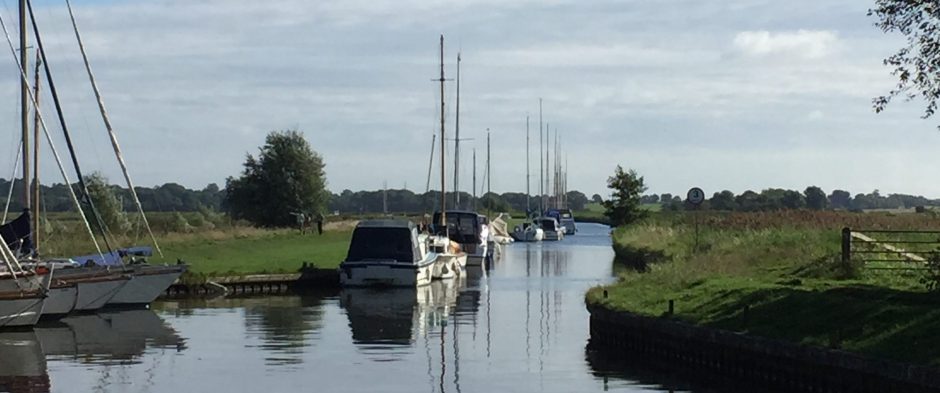|
Broadland ‘most peaceful’ area of UK
Broadland in Norfolk has today been named as the “most peaceful” area in the UK according to an independent report.
The first-ever UK Peace Index took 10 years’ worth of data and found that there was a “substantial and sustained” fall in violent crime over the last decade – a fall more rapid in the UK than anywhere else in Western Europe.
According to the report by the Institute for Economics and Peace, there were only eight weapons crimes recorded for 2012 in Broadland with an average overall crime rate for the decade at 323 per 100,000 people – about a third of the national average. This is reflected in local figures which show a 7 %fall in all crime in the district between 2012 and 2013 (3219 to 2982 – over 200 crimes).Norfolk remains one of the safest counties in the country.
Broadland serves a population of around 125,000 and includes northern suburbs of Norwich and rural areas to the north and east of the city. The area has several market towns including Aylsham and Acle and several villages. The area is also home to part of the Norfolk Broads- a popular destination for tourists with an influx of visitors to the area every year.
Policing commander for the Broadland district is Superintendent Stuart Gunn, who oversees seven Safer Neighbourhood Teams; Reepham, Aylsham, Taverham and Drayton, Hellesdon and Horsford, Sprowston and Spixworth, Thorpe St Andrew and Acle.
Superintendent Gunn welcomed the report saying: “Norfolk itself is one of the safest counties in the country and Broadland, as a district, is particularly safe.
“We are acutely aware that Broadland’s residents value their quality of life and traditional values and my officers work closely with partner agencies, including the District Council, County Council and housing providers, to make sure our policing reflects the area we work in whilst still tackling serious crimes robustly.
“The past year has seen the development of a multiagency operational partnership team which consists of Police, Local Authority staff and other agencies, aimed at sharing resources to resolve issues important to the community. It is through this coordinated approach that we are able to effectively tackle crime and antisocial behaviour. It is also through this team that we work to identify the most vulnerable members of our community and seek to provide the right support.”
Chief Superintendent Nick Dean, Norfolk’s County Policing Commander, said he was pleased to see his officers’ and other partner agencies hard work reflected in the figures saying: “Being the most peaceful local authority brings its own trials, with the number of officers reflecting the crime levels. This means we need to manage our resources efficiently and effectively providing visibility and reassurance whilst ensuring that all crime levels remain below. The figures reflect our success in this area.”
Broadland District Councillor Simon Woodbridge, who is Member Champion for Crime Prevention and Community Safety said: “Broadland has taken a partnership approach, working with our communities and the agencies and organisations that serve them to prevent crime where possible.
“Our residents consistently tell us that fear of crime is a priority issue for them. We already had a low crime rate, so we looked to see if we could prevent criminal behaviour from happening in the first place. We commissioned the University of East Anglia to tell us what caused criminal behaviour. The research told us that many offenders had trigger events in their younger lives such as bereavement in childhood, being abused or witnessing abuse or family breakdown and so we set policies over the last ten years where we are focused on early intervention, working in schools to help young people facing these problems now. We worked with charities, such as the Benjamin Foundation, to deliver these services in schools.
“Where crime has happened we work with the police and community groups, such as parish councils, to use restorative approaches, where the victim of crime meets the person who committed the crime and they agree how to resolve the matter; this is incredibly powerful as the person committing the crime can understand the impact of their actions on the victim and they get an opportunity to make peace in their community.
“We take a collaborative approach, monitor crime hot spots with the police and work with communities to find effective solutions.”
|
-
Broadland is “most peaceful” area in UK
